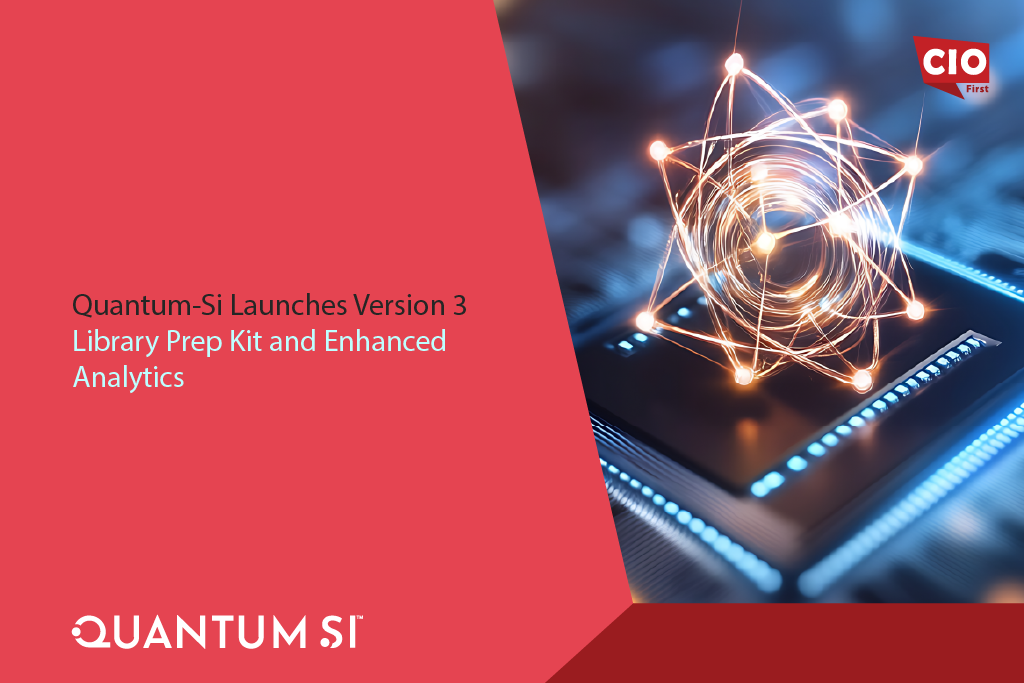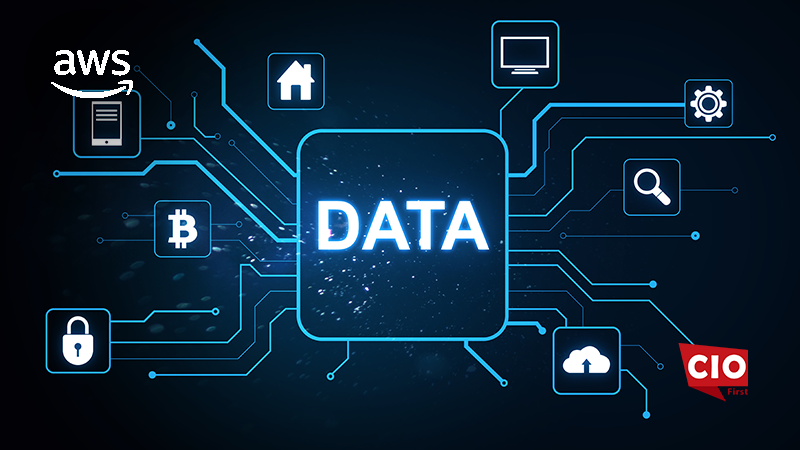Datadog, Inc., the monitoring and security platform for cloud applications and a member of Oracle PartnerNetwork, announced the general availability of Datadog Monitoring for Oracle Cloud Infrastructure (OCI), which enables Oracle customers to monitor enterprise cloud-native and traditional workloads on OCI with telemetry in context across their infrastructure, applications and services. With this launch, Datadog helps customers migrate with confidence from on-premises to cloud environments, execute multi-cloud strategies and monitor AI/ML inference workloads.
Datadog Monitoring for Oracle Cloud Infrastructure helps customers:
- Gain visibility into OCI and hybrid environments: Teams can collect and analyze metrics from their OCI stack by using Datadog’s integrations for 20+ major OCI services and 750+ other technologies. In addition, customers can visualize the performance of OCI cloud services, on-premises servers, VMs, databases, containers and apps in near-real time with customizable, drag-and-drop, and out-of-the-box dashboards and monitors.
- Monitor AI/ML inference workloads: Teams can monitor and receive alerts on the usage and performance of GPUs, investigate root causes, monitor operational performance and evaluate the quality, privacy and safety of LLM applications.
- Get code-level visibility into applications: Real-time service maps, AI-powered synthetic monitors and alerts on latency, exceptions, code-level errors, log issues and more give teams deeper insight into the health and performance of their applications, including those using Java.
Also Read: Spring Labs Unveils Zanko ComplianceAssist, Helping Financial Service Firms Ease Compliance
“With today’s announcement, Datadog enables Oracle customers to unify monitoring of OCI, on-premises environments and other clouds in a single pane of glass for all teams,” said Yrieix Garnier, VP of Product at Datadog. “This helps teams migrate to the cloud and execute multi-cloud strategies with confidence, knowing that they can monitor services side-by-side, visualize performance data during all stages of a migration and immediately identify service dependencies.”
SOURCE: PRNewsWire
























